Yellow-crowned Night-Herons, Nyctanassa violacea, with their purplish-gray body, black-and-white face, and striking yellow plumes can be found in wet fields or shallow wetlands. They may be seen foraging any time during the day or night. You will most often discover this bird alone, although, at times, they may appear in groups.
Watch as they stand still or walk slowly with their necks extended in search of their favorite dinner of crustaceans. They may also eat frogs, small fish mussels, and water beetles.
Keep a keen eye out for this hard-to-find bird. While they are most common in barrier islands, coastal marshes, and mangroves, you may also find them inland near rivers, on golf courses, or even in your wet yard.
Yellow-crowned Night-Herons have been around for a long time. The oldest recorded fossil was discovered in Sarasota, Florida, and is 2–2.5 million years old.
Sadly, the Yellow-crowned Night-Heron has been designated a Species of Concern by Florida Rare and Endangered Plants and Animals.

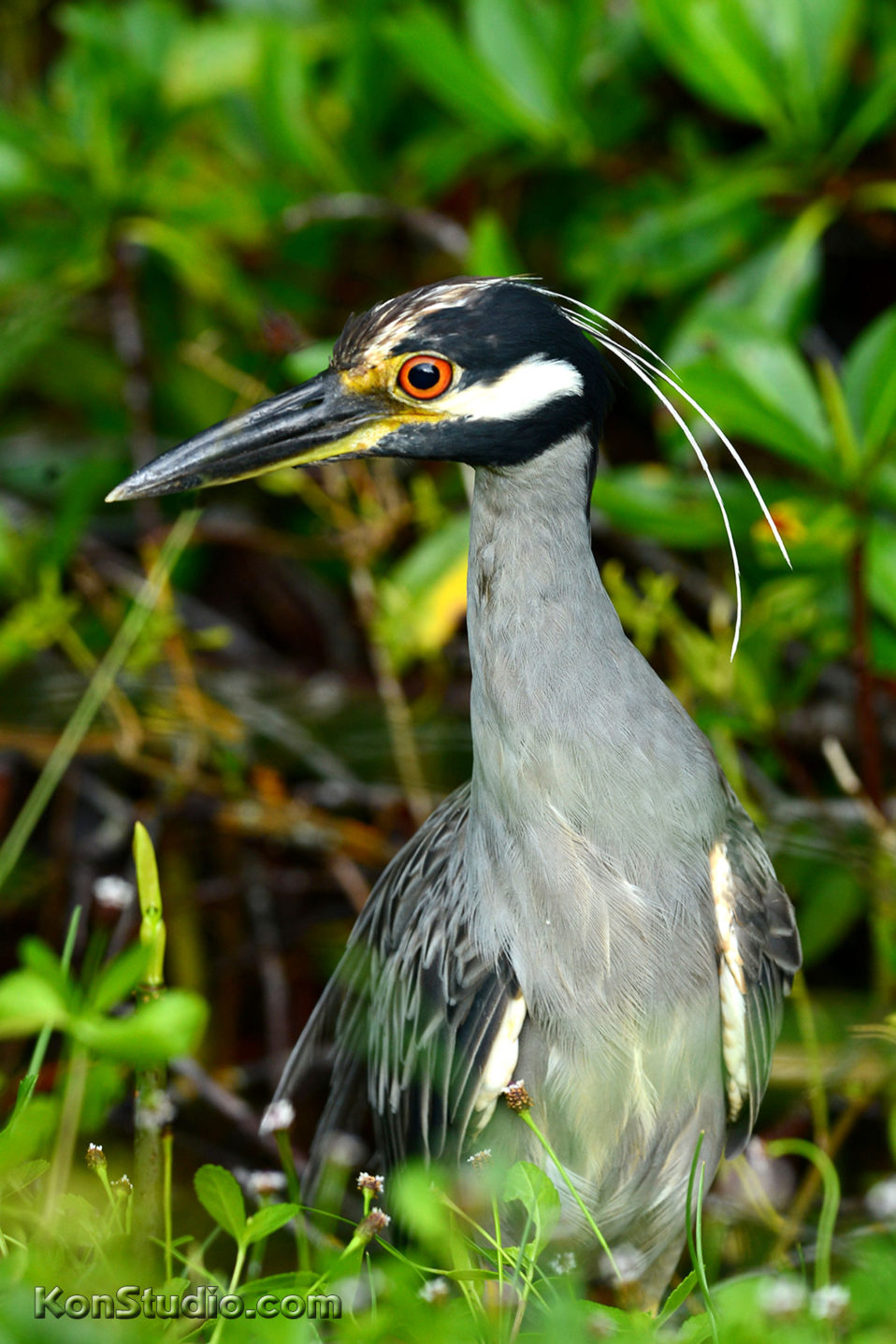
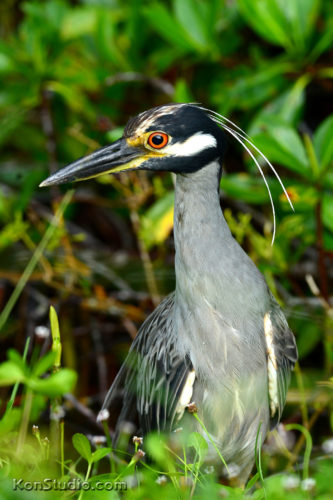
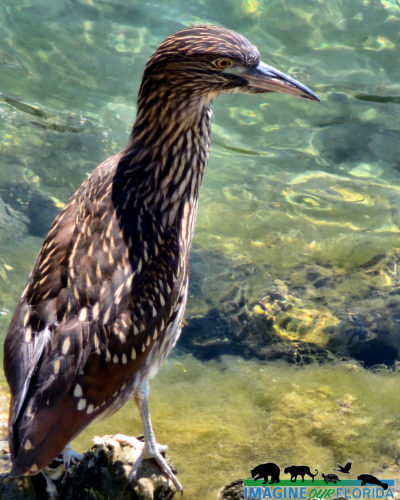
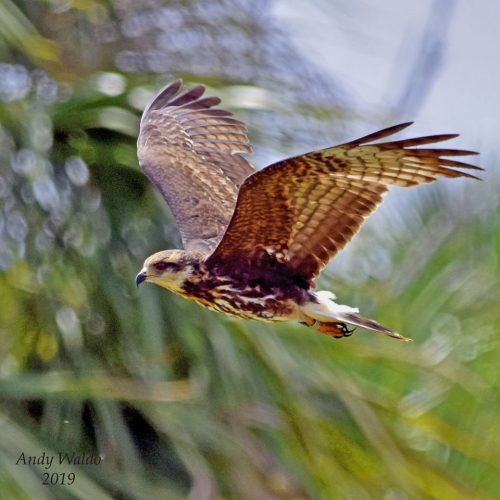
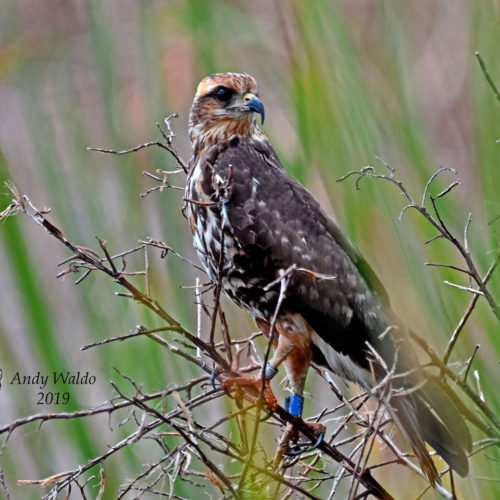
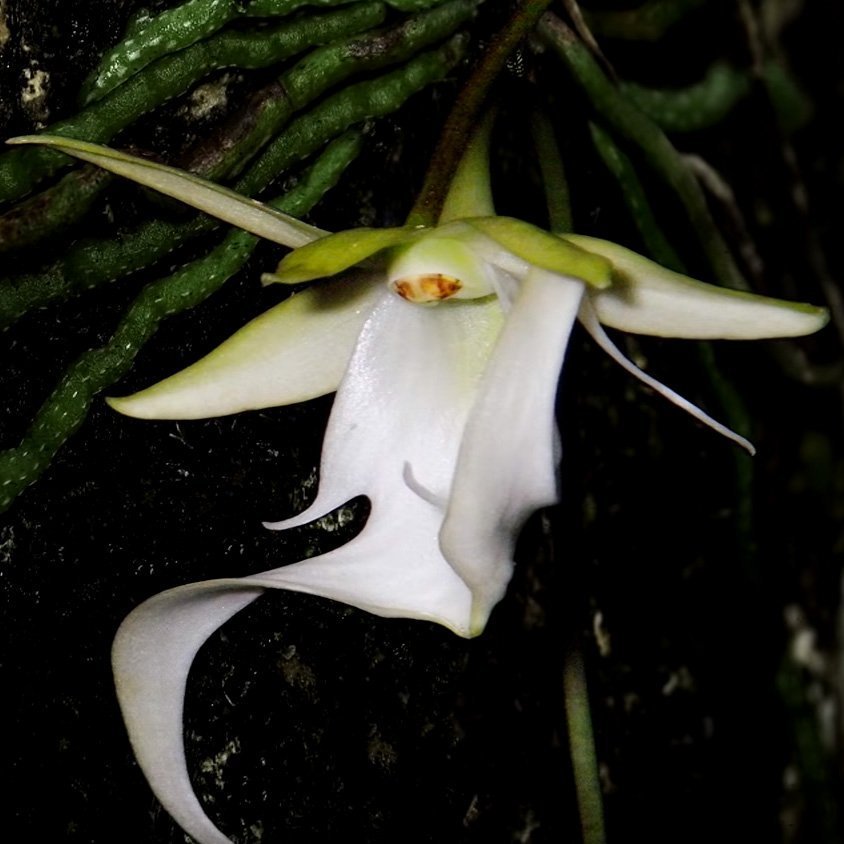
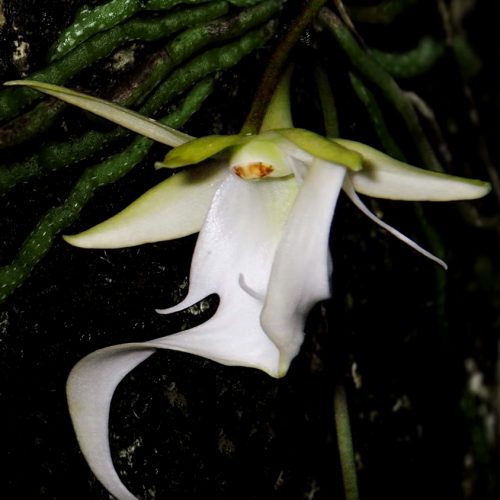
Recent Comments